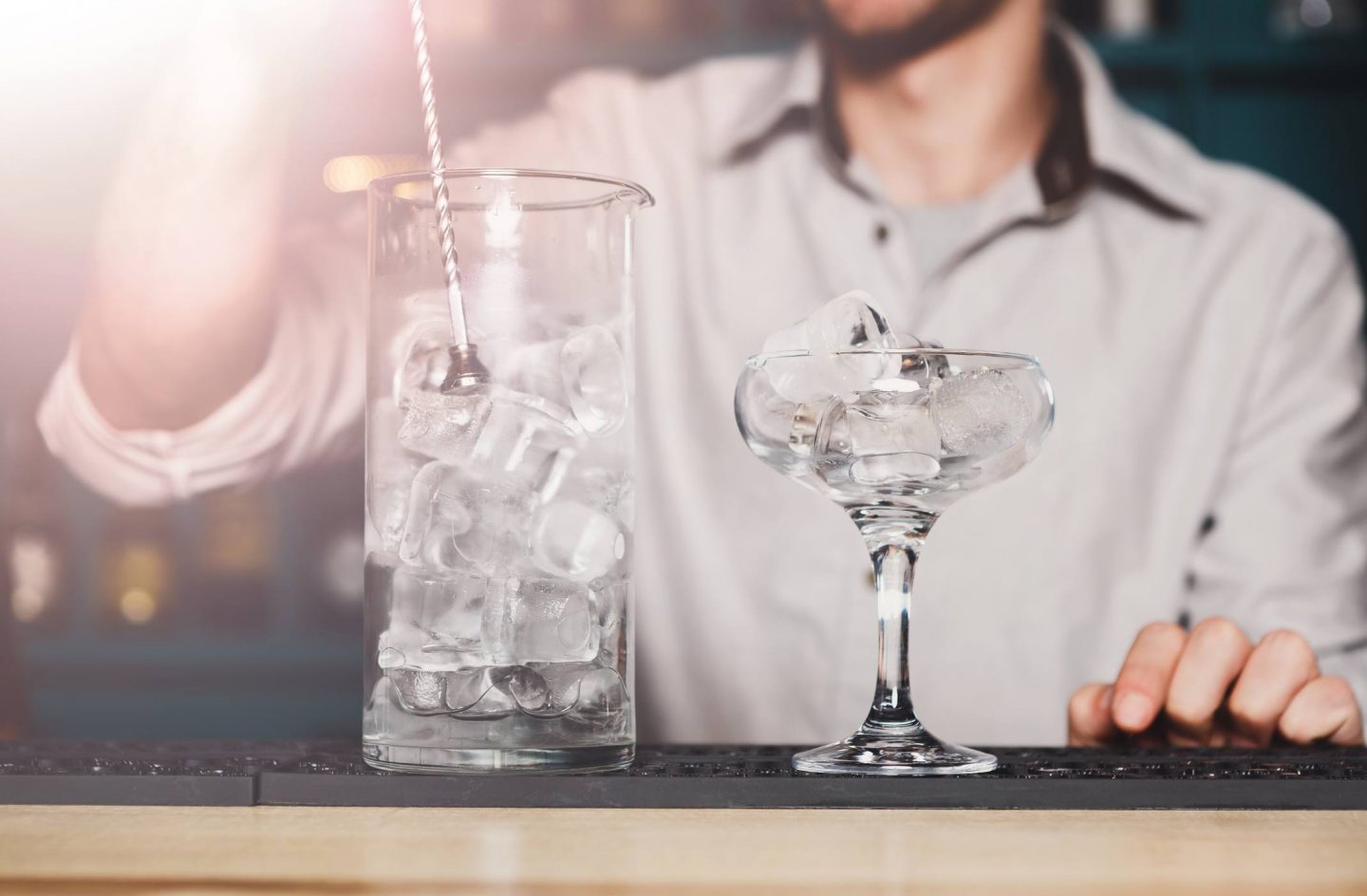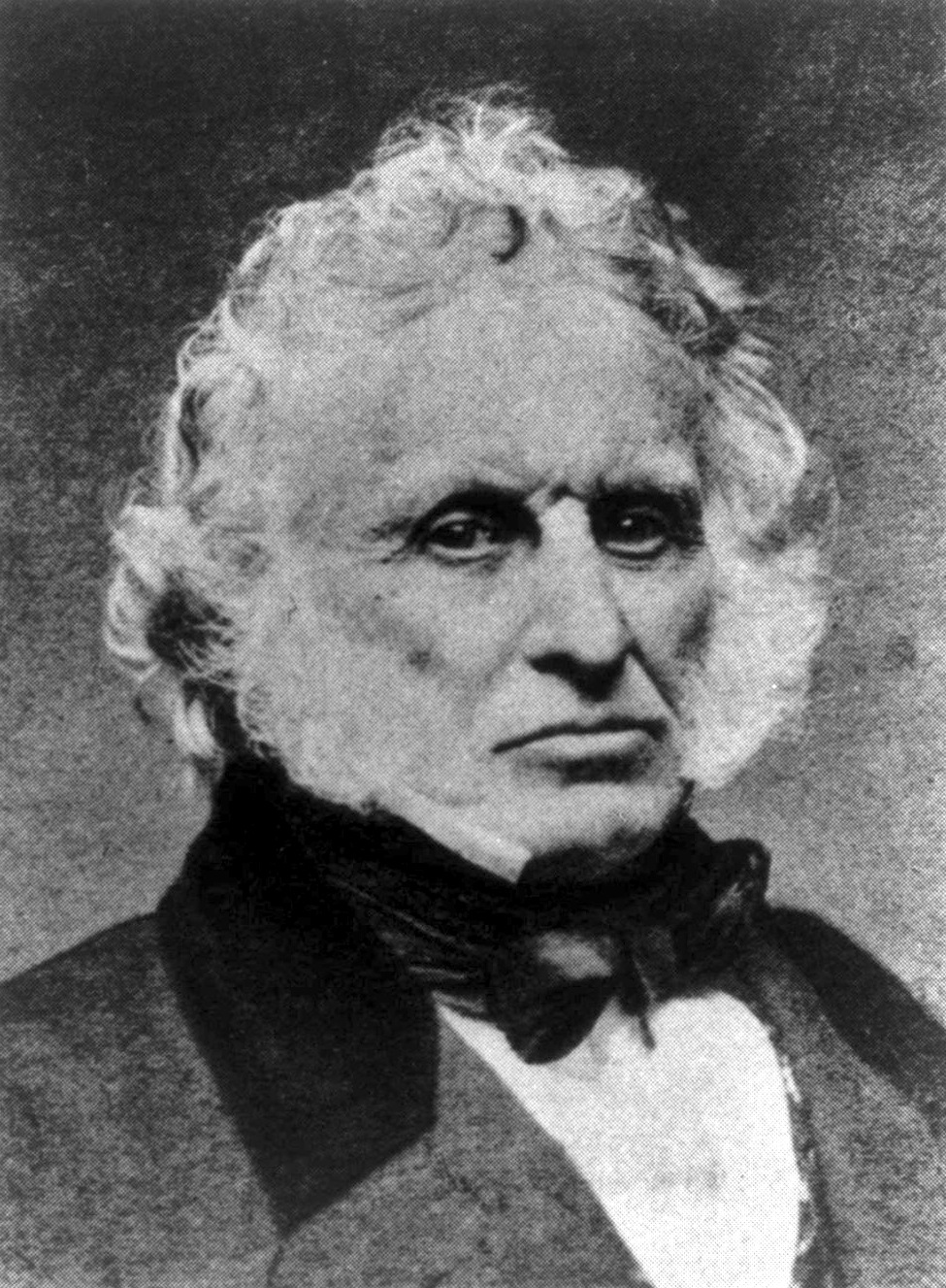Did you know that Ice comes in different shapes and sizes depending on the purpose? A well-trained bartender/mixologist knows that Ice is an essential part of the drink and it can make a huge difference in the overall flavor, temperature, and aesthetic.
Almost all cocktails require ice. The most common ‘’ice’’ we all know is a simple ice cube. But there is more to ice than an ice cube. Ice determines everything when it comes to making a drink. It does not just keep the drink chilled but it helps complement and complete it.
As professional ice makers, we want to share our knowledge and the pros of using the ice we make to compliment your product so you can satisfy your clientele.
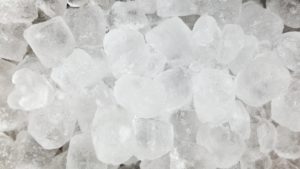
Contents
When Did We Start Using Ice in Cocktails?
Let’s have a look at the history of the usage of ice in cocktails.
For centuries, ice wasn’t just hard to find, it was a luxury.
The history of the ice trade begins in 1806 with Frederic Tudor, an American businessman. Frederic Tudor first exported ice to Martinique in the Caribbean. He also built his own ice storage to sell ice to the wealthy European upper classes on the island. After a while, sales channels expanded to Cuba and to the United States, with some competitors beginning to harvest and export ice in New England. From the 1830s to the 1840s, the ice trade expanded further, reaching their cargo to Britain, India, South America, China, and Australia.
This has led to the extravagant use of ice in American cocktails. To make a bold and gorgeous drink, the bartenders all started decorating the drink with ice, flooding the ice from the edge of the julep, and quick-freezing the metal cups so that they could tell at a glance that it was a cold drink. Frederic Tudor is now known as the ‘’Ice King’’.

The importance of Ice Distributors in Japan
It is easier for restaurants and bars to invest in an ice machine as ice is readily available in-house rather than placing an order through an ice distributor.
However in Japan even to this day, ice distributors are very much in high demand. This is because using an ice distributor ensures high-quality crystal-clear ice.
There are tempura restaurants that use old-fashioned wooden refrigerators and sushi restaurants that uses old-fashioned sushi material cases that do not use electricity, instead, they use high-quality ice to chill. Japan has a traditional ice dessert called ‘’Kakigori’’ which means shaved ice, which is typically eaten in the summer to cool down. This dessert typically only consists of two ingredients, ice, and syrup, and usually only costs around $2. However, in recent years kakigori vendors have chosen to use high-end artisanal block ice from ice distributors instead of cheap machine-made ice. Obviously using high-quality ice makes the overall taste is a lot better. Some kakigori vendors around Japan sell for $10 each and many customers are happy to pay the price as they are paying for quality.
At Chusei Ice, we have a wide range of high-quality ice to suit all your needs.
Here are our top 4 products;
Cracked Ice
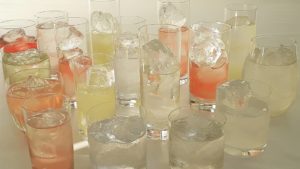
Characteristics; a medium-sized piece of cracked ice
”Kachiwari Ice’’ means cracked ice in Japanese. Since it melts at a slower pace, it can be used to chill mixed drinks, spirits, coffee, and tea.
Available in 1kg, 2kg, and 3kg packs
Crushed Ice

Characteristics; very small pieces of coarsely crushed ice
Crushed ice is used to cool down drinks fast, it melts fast so it is suited for drinks that require some dilution.
It is also used for juices and water.
Available in 1kg, and 15kg
Block Ice
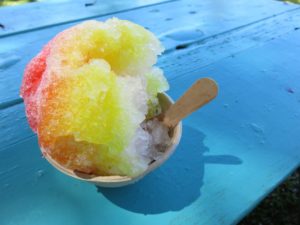
Characteristics; a large block-shaped ice
Block ice can be used for cooling food and drinks. In Japan, it is used to make shaved ice as mentioned above.
Ice Spheres

Characteristics; clear round shape like a golf ball
Ice spheres are typically served with a straight spirit or a stirred cocktail
This is because the ice sphere has a smaller surface area than general square ice, it melts slower and chills the drink without diluting it, making it suitable for drinks ‘on the rocks.’
Available in;
70mm x 9qty per bag (6 bags)
65mm x 12qty per bag (7 bags)
60mm x 15qty per bag (7 bags)
55mm x 18qty per bag (7 bags)
In addition here are some commonly used ice varieties for cocktails.
Large ice cubes
These are self-explanatory, they work well with cocktails such as Old Fashioned and Negroni. The idea is similar to the ice spheres, they melt slowly so your drinks won’t dilute and you will actually be able to taste the alcohol.
Collins Spears Ice
Rectangular-shaped ice, these are designed to be used in Collin-shaped glasses and highball glasses. Tom Collins is served in a Collin-shaped glass with Collins Spears ice. Aesthetic wise it looks great and it will keep your drink at the right temperature!
Why chose Chusei Ice?
We pride ourselves on using pure Japanese natural water in all of our products. The High-quality natural water is pumped from 150m underground.

What’s so good about pure Japanese natural water?
When tap water is frozen into ice, impurities such as chlorine remain in the ice. When you make ice at home, you will notice that the ice isn’t crystal clear, it is a little cloudy, that is the impurities in the ice. it obviously does not taste good.
If you use mineral water to make ice, the original taste will remain, but the mineral content will remain white in the ice. When you use pure water to make ice, it is tasteless and odorless because it contains almost no chlorine or minerals. Therefore, even if it is added to a cocktail or liquor, it does not interfere with its taste and does not melt easily, so the drink does not get diluted. It actually maximizes the flavor of the drink. This is why bar and restaurant professionals should use ice made with pure water.
You will also notice the transparency of the ice is much more clearer than ice made at home.
The ice we make takes 72 hours to freeze, due to this, ice crystals grow large and the ice becomes highly transparent. Another key element to making crystal clear ice is because we make sure we have filtered any impurities, such as chlorine and minerals.
We filter the water with iron removal/manganese removal equipment, hardness is reduced with ion exchange resin (softening), and water purification process using reverse osmosis (RO)
Typically it takes 48 hours to make ice.
But at Chusei Ice, we use a special cold storage and put aside 72 hours to make our ice. The slow process ensures quality.
Raw materials are checked under a strict inspection process. ice, in general, the inspection is performed from one side only, but in our case with the medium-sized ice refrigeration, inspection is performed from all directions (6 sides).
We only package and sell ice that has passed strict quality control.
The Ice Making Process at Chusei
1. Disinfect and clean the ice mold machine
2. inject pure Japanese spring water
3. Freeze ice for 72 hours in cold storage, occasionally stirring using air. This ensures crystal clear and transparent ice.
4. Remove ice from mold
5. Inspection of the quality of ice
When ice is frozen quickly at a low temperature, the crystals are small. On the other hand, ice made with pure water that freezes slowly at a high temperature grows large crystals. Ice with small crystals is soft, and the larger the crystals, the harder the ice. The ice melts because the crystals break apart. In other words, pure ice that freezes slowly at a high temperature is less likely to melt compared to ice that is made at home with a household freezer. when the ice contains impurities, the ice becomes soft and melts easily.
Our distribution channels include wholesale and retail.
Whether you own a bar or you enjoy making drinks at home, at Chusei Ice, we have everything you need to complete your drink.


